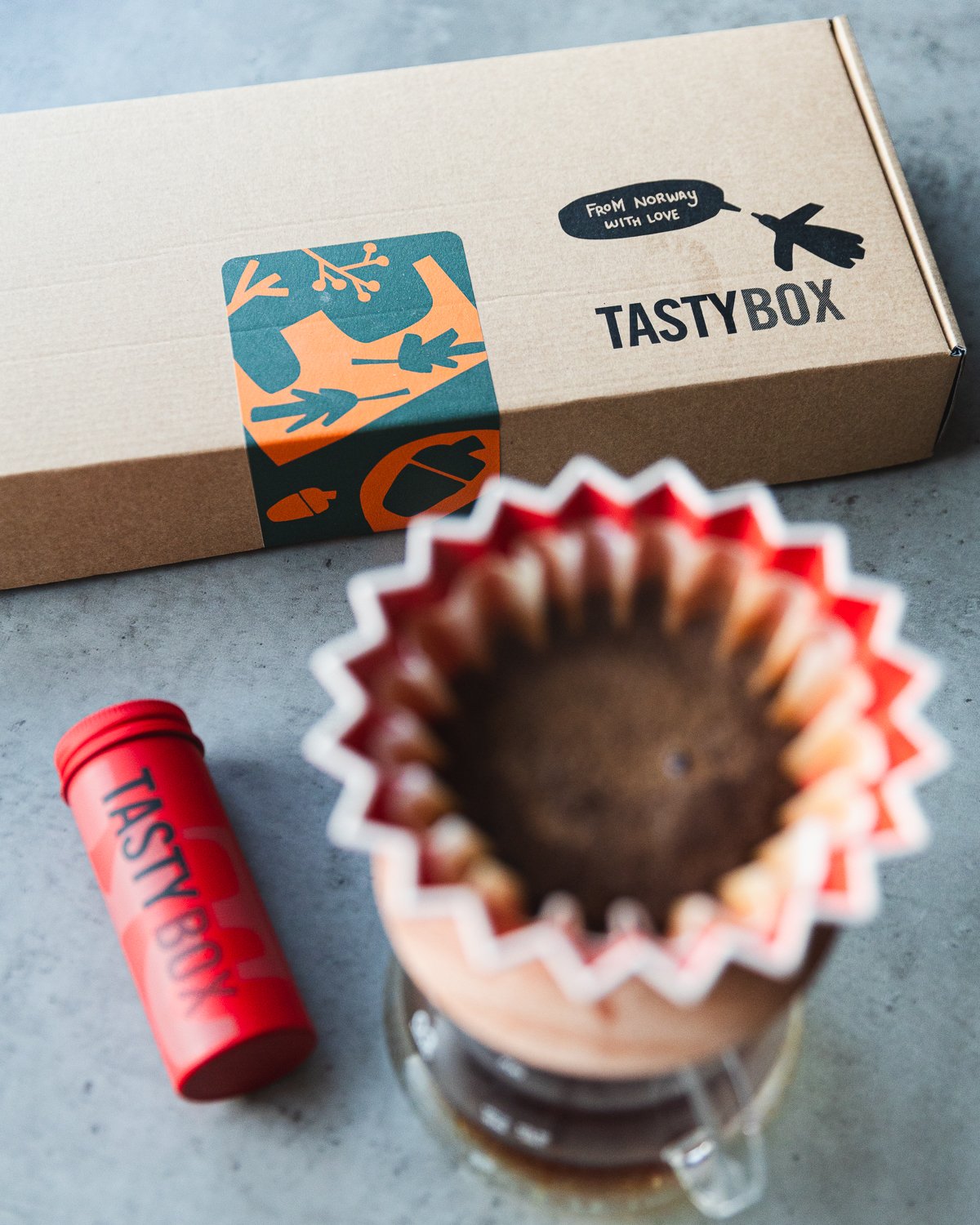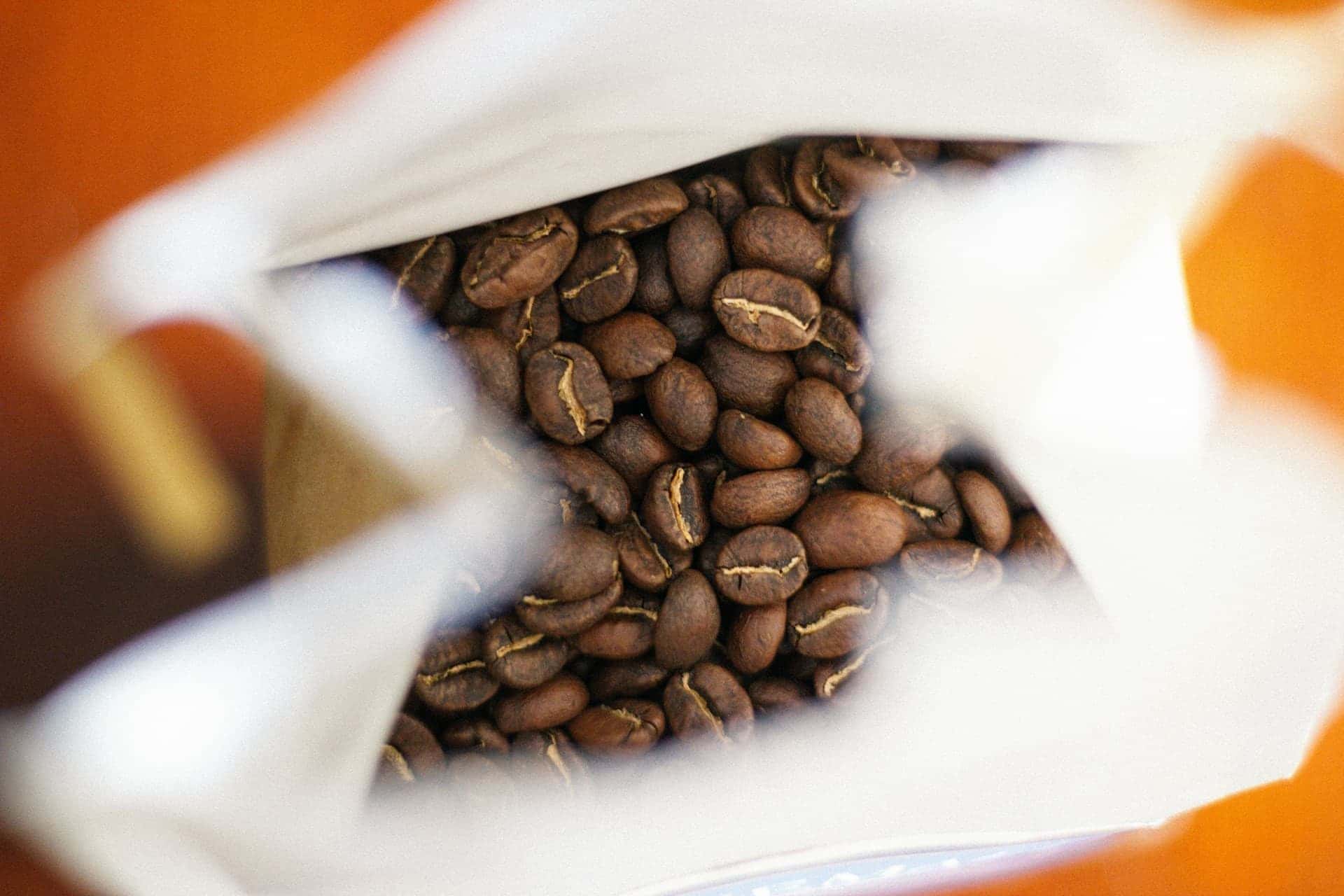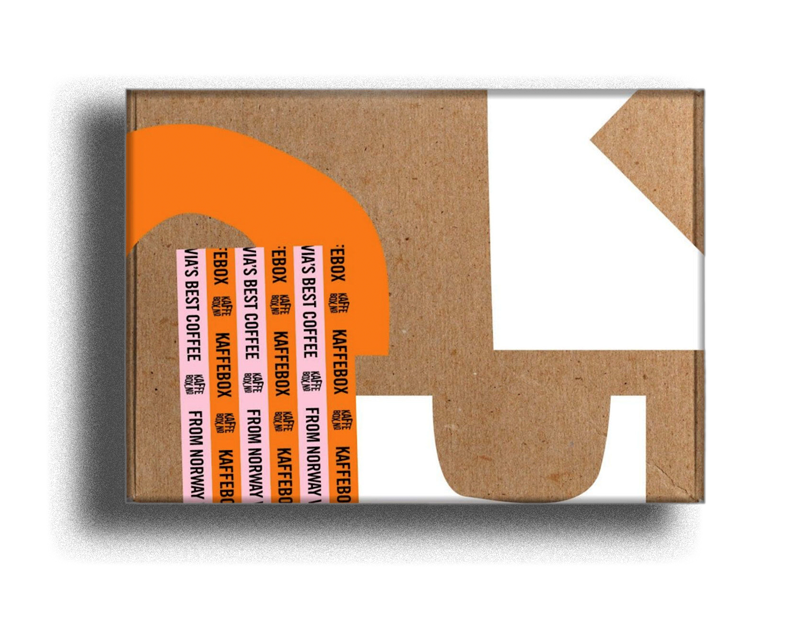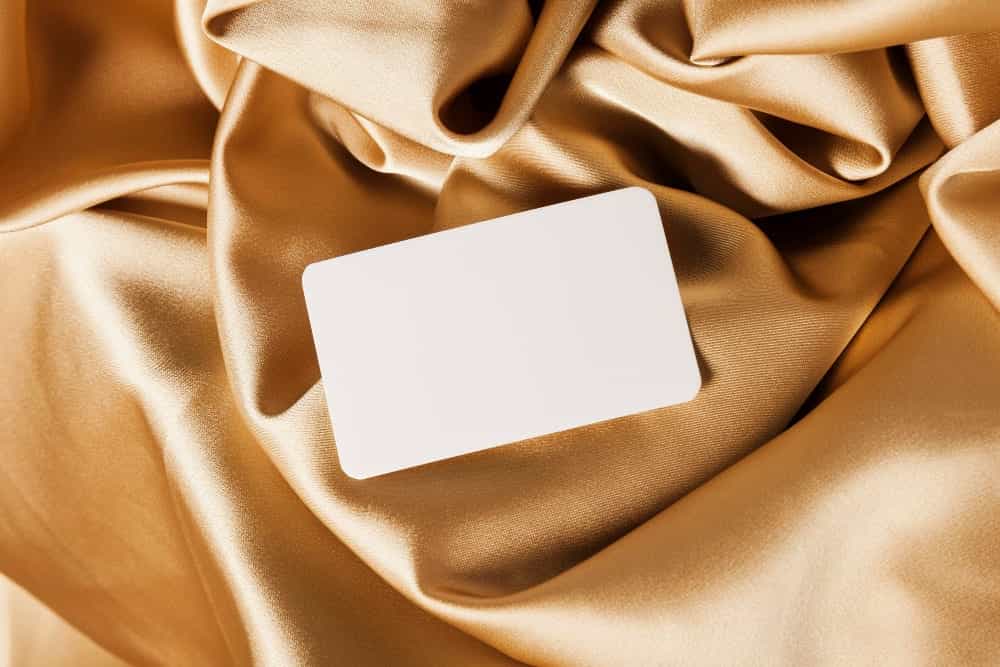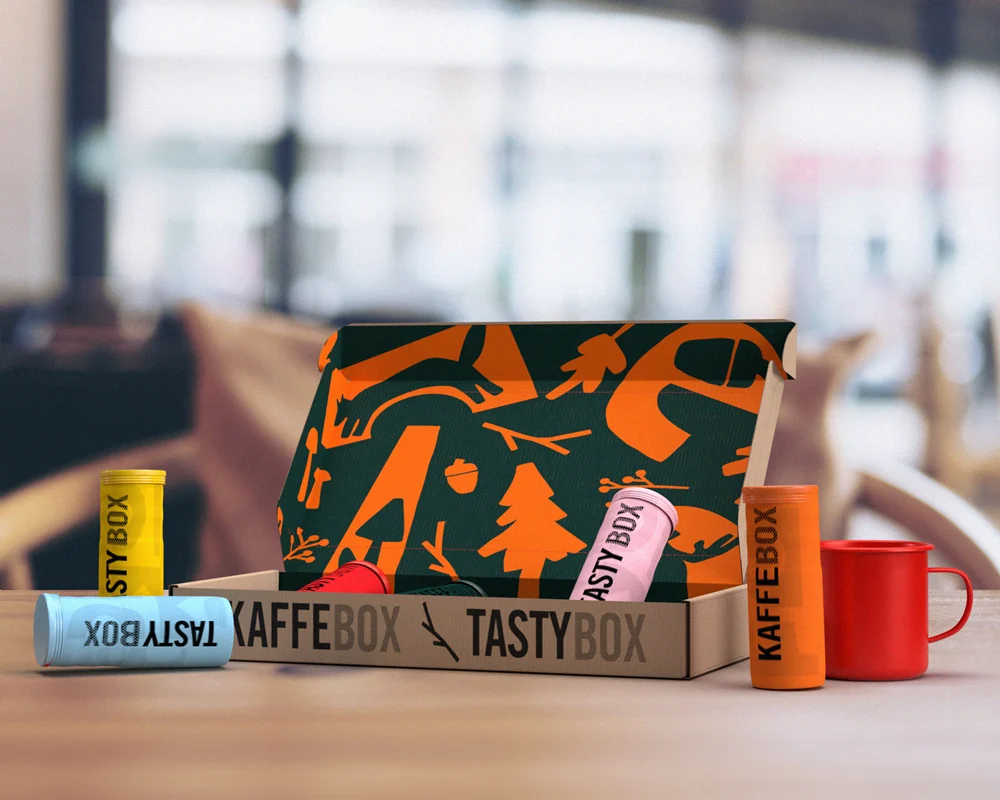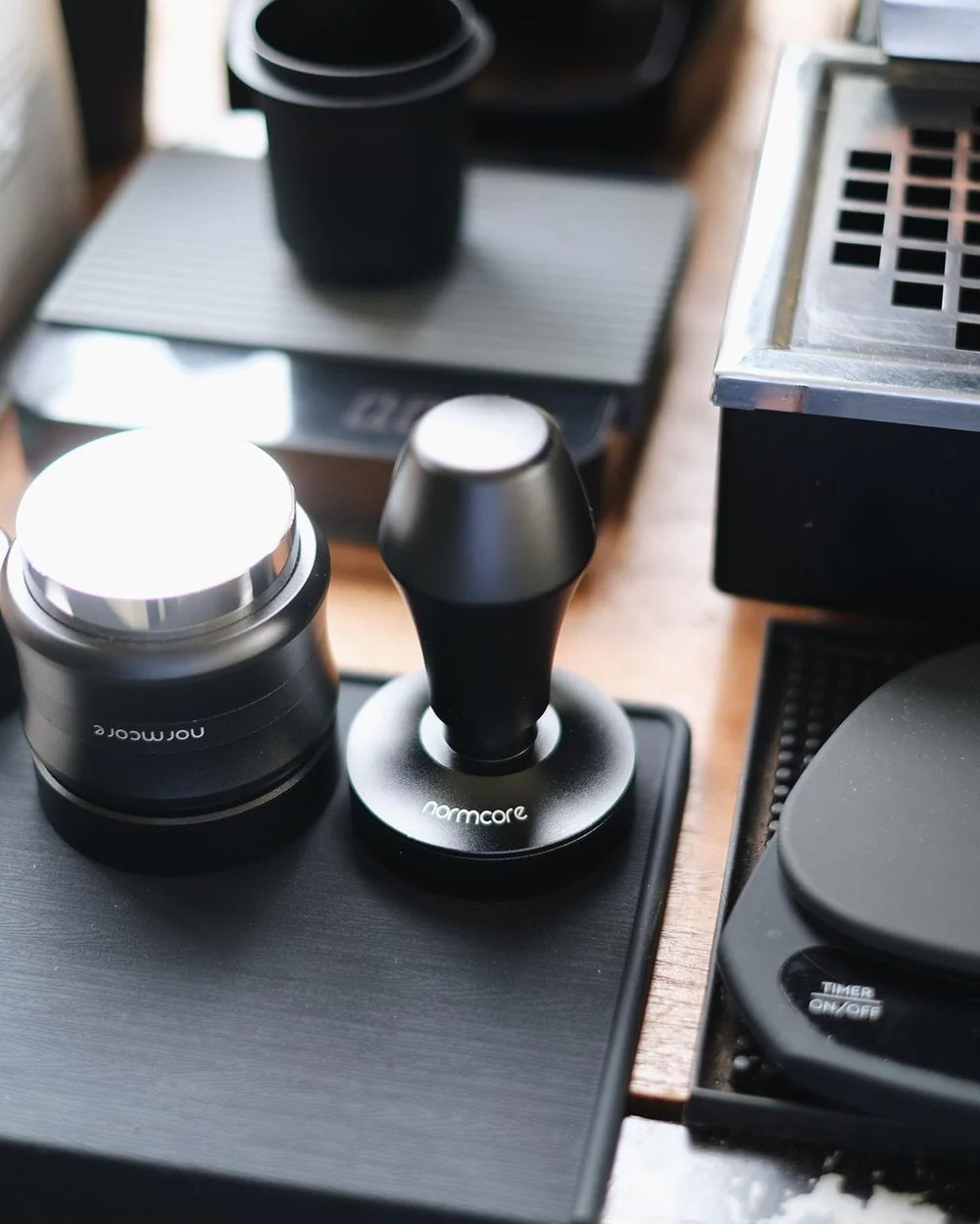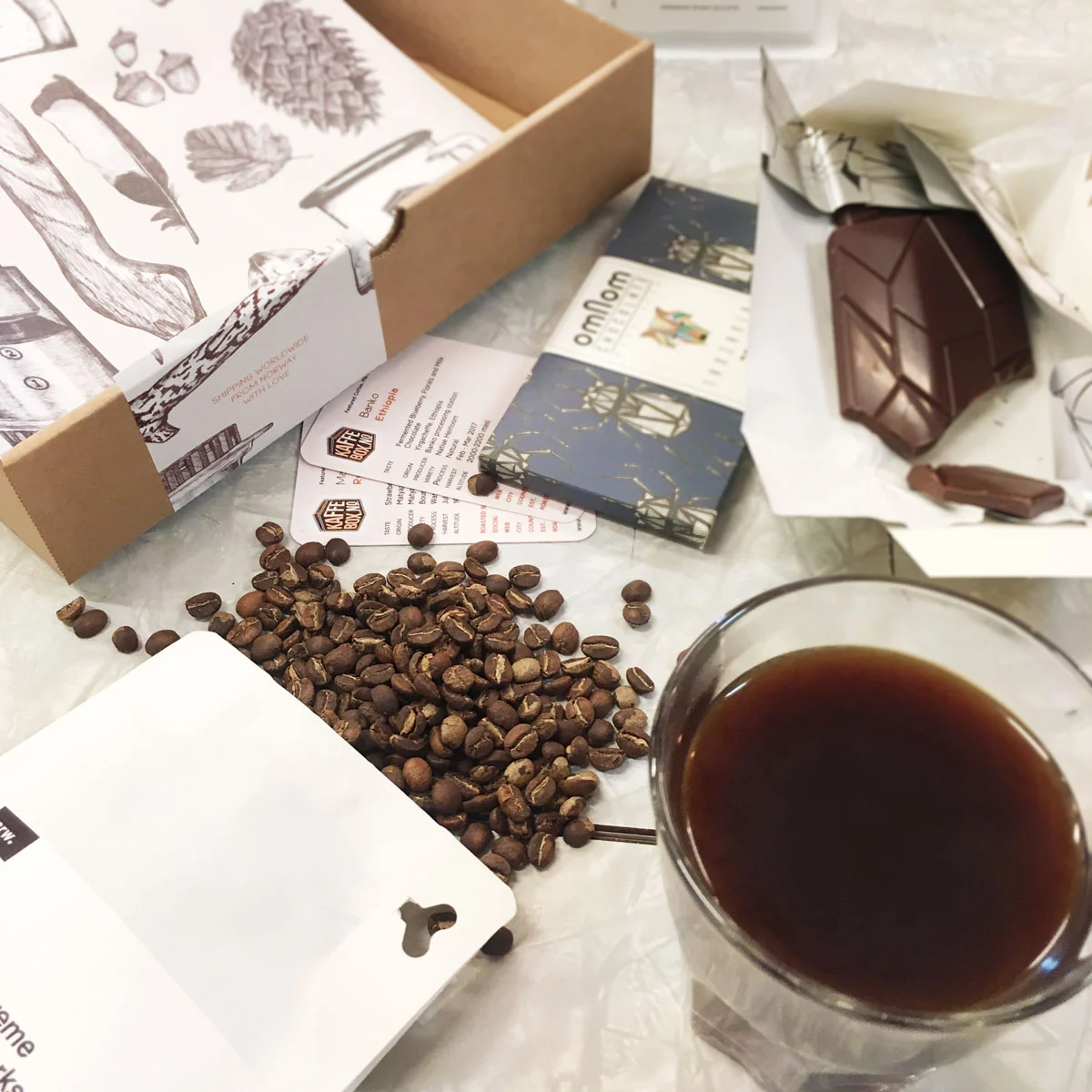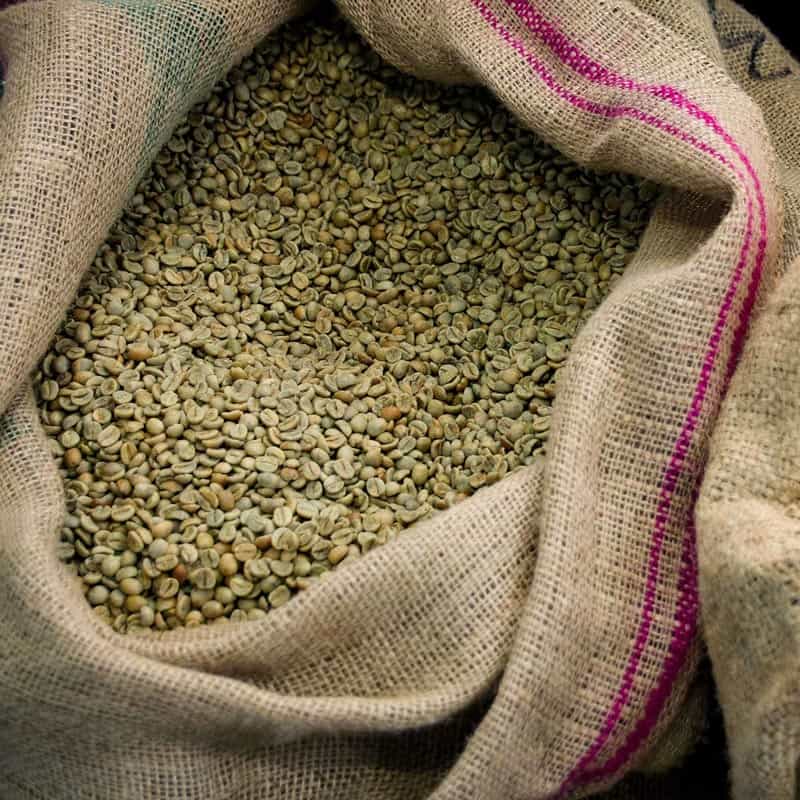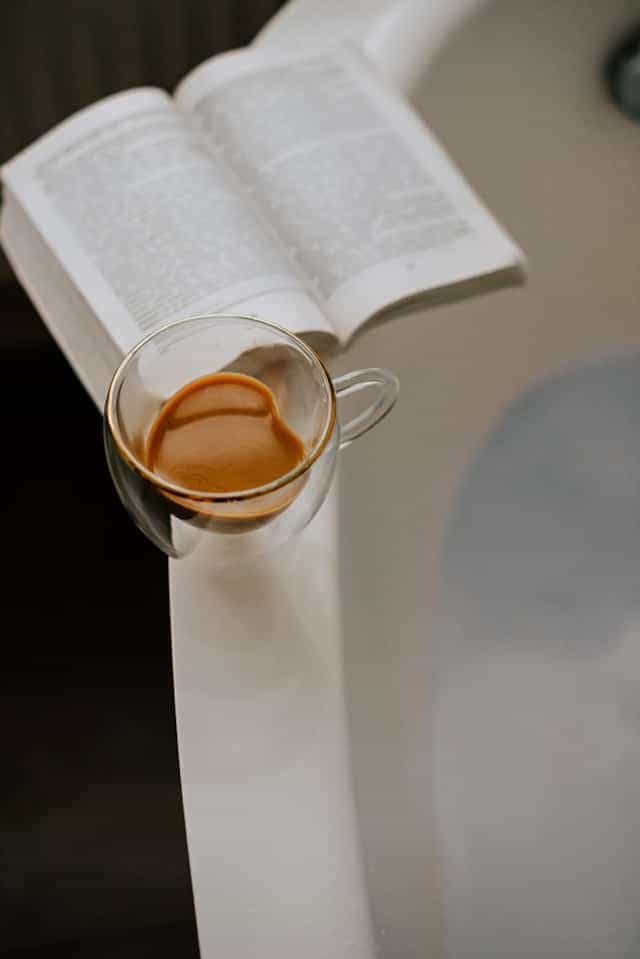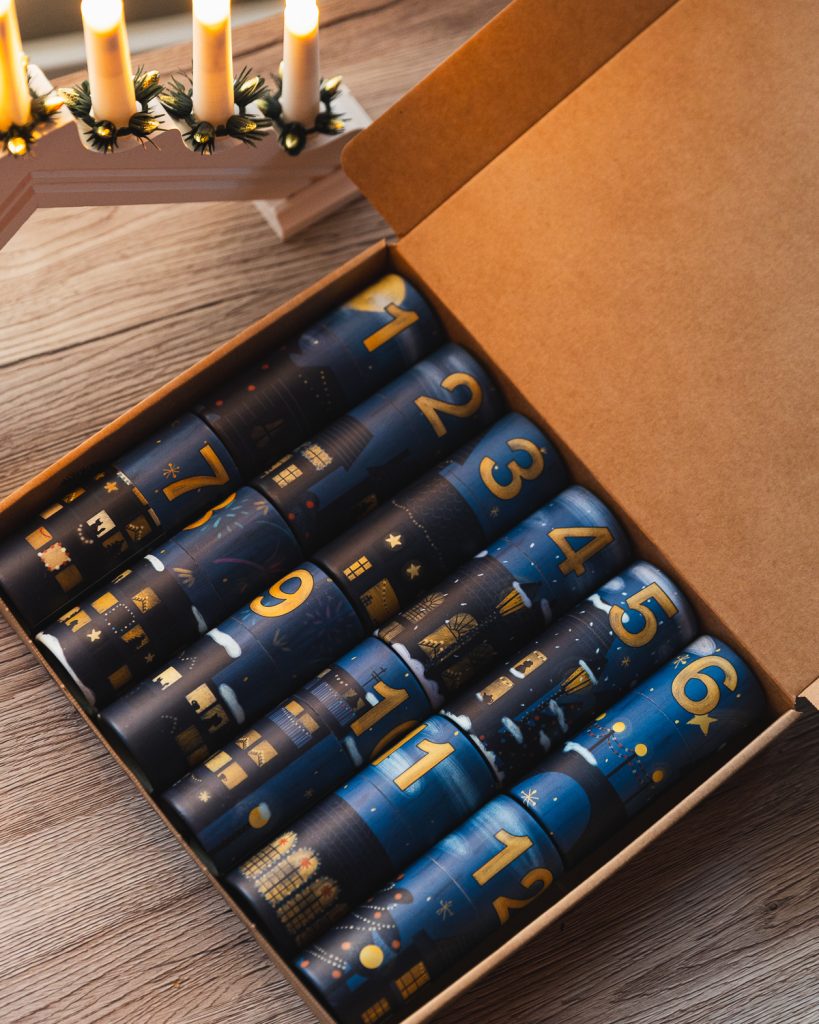Knowledge
The Beginner’s Cold Coffee Guide to Summer
Even the most dedicated hot coffee drinkers have been known to cool down their brew when the summer months hit. There are many variations for making cold coffee and they can all yield delicious results.
We’ll outline a few methods here and let you experiment on your own!
To begin understanding the cold coffee category, let’s start with the important terms:
- Cold brew: This is usually the method that your local coffee shop prefers. You take ground coffee, let it steep for up to 12 hours, and then filter.
- Iced coffee: Literally coffee with ice in it. Some like to dilute cold brew with ice, others prefer to add ice to their hot coffee.
- Slow drip: Know those glass and wood towers that look like they belong in a chemistry lab? They let you slowly “drip” your water over your grounds, usually taking anywhere between 12 to 24 hours.
- Flash chill: One of the fastest ways of making cold coffee is taking a regular pour over setup and putting ice in the decanter. That way, you’re brewing hot coffee, directly over ice, hence the name “flash chilled” coffee.
- Hot bloom: Not exactly a type of cold coffee, but it’s an adjustment you can make to the cold brew or slow drip method. When you make your usual pour over at home, or start up that auto-drip machine, you begin the brew with dry grounds and hot water. We talked before about what a bloom is. A hot bloom clarifies this as using hot water. This is important to define, because often, cold brew uses only cool water to bloom.
To know which method to use or the direction you need to head into, you need to understand what you like most about cold coffee:
- Do you like a smooth, chocolate texture? Start with cold brew.
- Do you like brighter, fruitier tones? Try flash-chilling.
Another important aspect is how much time you want to spend:
- Do you need your coffee now?
- Are you able to take some extra time to make a batch that lasts several days?
And finally, consider equipment. There’s a lot of cold coffee gear to choose from, but usually the only method that really requires a new purchase is slow drip.
Cold Brew
This method is the most popular one for many cafes and in homes. It’s easy to set up, leave alone, and clean up. Cold brew usually yields a concentrate and can be diluted with ice or cold water. Its smooth texture and rich chocolate flavor can pull in even the most hesitant of coffee drinkers.
Ingredients and Equipment:
- 1 part coffee
- 4 parts cool water
- Air-tight container to store in fridge
- Filter – either a large coffee filter or a cheesecloth
Recipe
Grind your coffee at a coarse setting. Since you’ll steep the coffee over a long period of time, you don’t want to make it too fine. Bitterness in the final brew can be an indication that the grind was too fine. Pour the water in slowly in small portions, mixing the coffee gently. Once all the water is in and the grounds are evenly soaked, cover the container and store in the fridge. After 12 hours, pour the coffee over a filter into another container. Make sure the grounds are completely removed. Dilute with ice or drink straight.
Variations on the cold brew include:
- Hot bloom, with a bloom time of 20 minutes
- Adjusting the ratio, grind size, and/or time
- Some people like to use past-date coffee for cold brew
- Experiment with origin. Some origins yield brighter cold brews than others.
- Using the cold brew as part of a cocktail or other mixed drink
Flash-Chilled Iced Coffee
Those who love their hot coffee usually favor this method. You get the best of both worlds: the nuances of hot coffee, plus the refreshing chill. This method works best when you’re making a larger cup of coffee – at least 400 grams (13.5 fl oz).
Ingredients and Equipment:
- Ice
- Pour over equipment (e.g. V60, Chemex)
Recipe
Measure out your usual ratio. For this recipe, we’ll use the example of 28 g coffee to 420 g of brew water (1:15 ratio). We’re defining brew water as the final amount of liquid that ends up in your cup. For flash-chilled iced coffee, take the brew water amount and divide into two: half for hot water, half for ice. Place 210 g of ice in the decanter or bottom of the Chemex. Brew your coffee with 210 g of hot water. Drink up!
Variations on flash-chilled iced coffee include:
- If the final brew isn’t cold enough, then you aren’t using enough coffee or brew water. Adjust your coffee grounds and your brew water.
- Change up the ratio – if the end result is too watery, add more coffee or adjust to a finer grind size.
Do you have your own cold coffee recipe to get you through summer? We’d love to know what works for you at home! Share your go-to recipe on social media @KaffeBox on Facebook, Twitter, and Instagram.

